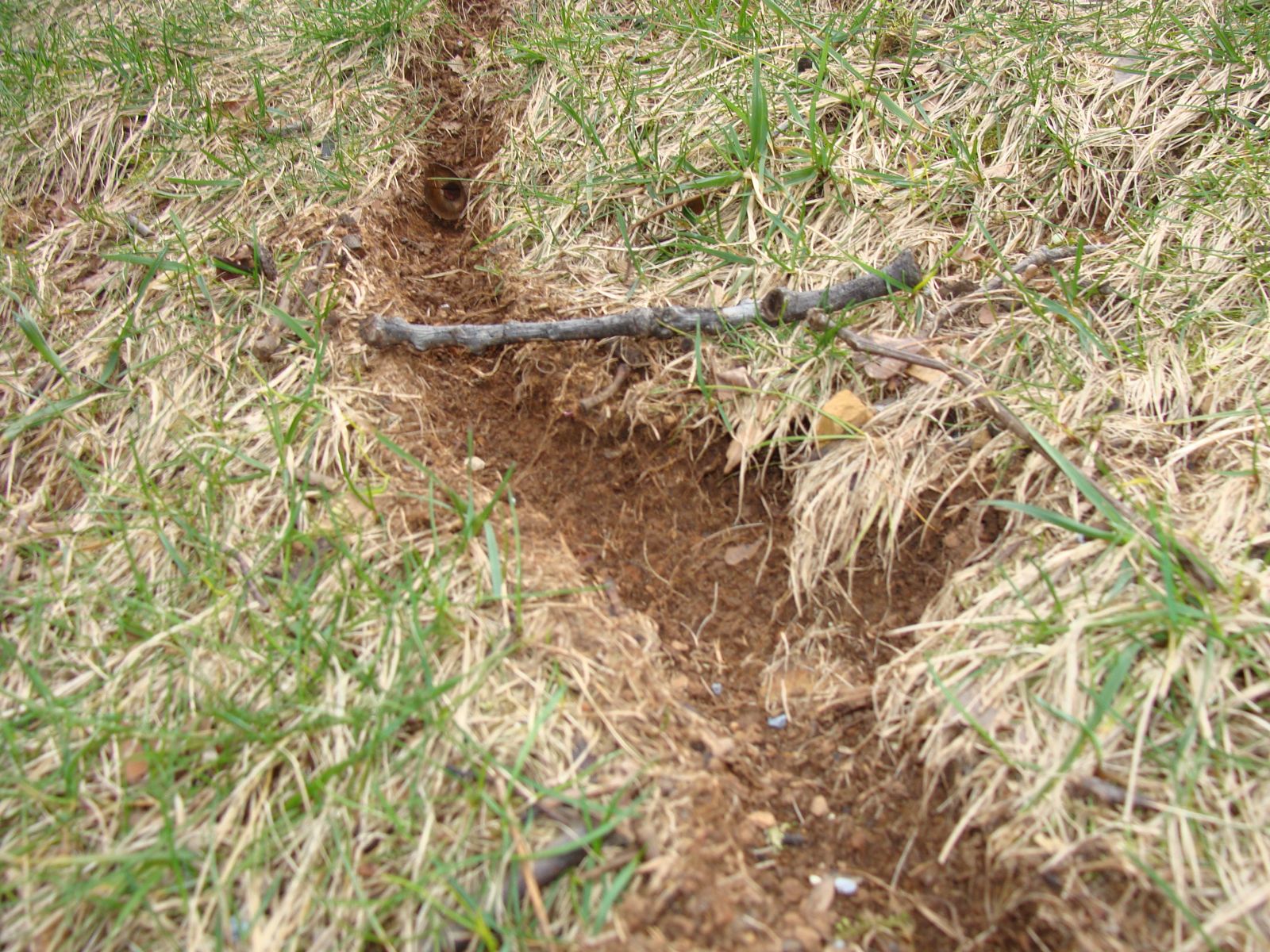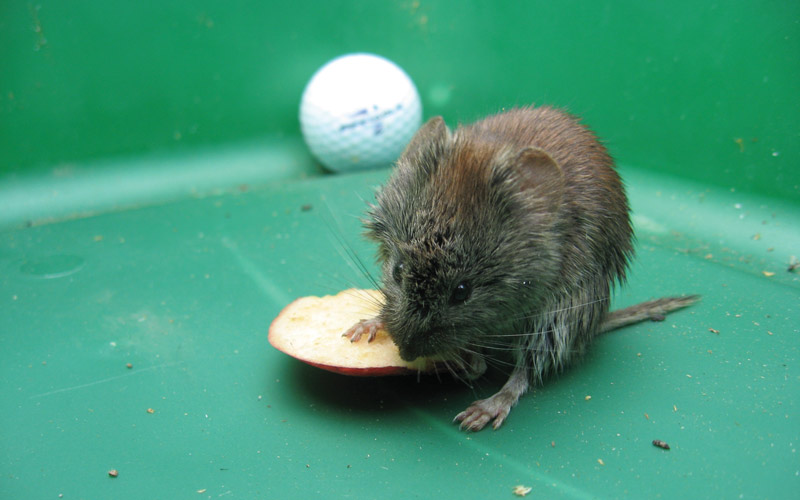Safeguard Your Yard: Effective Vole Control Techniques
Safeguard Your Yard: Effective Vole Control Techniques
Blog Article
Mastering Vole Insect Control: Extensive Insights on Problem Prevention and Treatment Strategies
By identifying the refined indications of vole invasion early on, we can take proactive measures to prevent widespread damage. In this conversation, we will explore the subtleties of vole actions, dig into the recognition of problem signs, and discover the most efficient avoidance and therapy techniques.
Understanding Vole Behavior
Analyzing the foraging patterns of voles provides useful insights right into their behavior and habitat choices. By observing their foraging behavior, researchers can gain a much better understanding of where voles prefer to establish their environments and the extent of their environmental effect.
Research suggests that voles exhibit careful feeding behaviors, preferring roots, roots, and seeds. This dietary preference influences their foraging patterns, leading them to locations abundant in plants and ground cover. In addition, voles are understood to develop intricate tunnel systems for foraging and nesting objectives, suggesting a high degree of adaptability to their environments.
Comprehending vole behavior is necessary for applying targeted pest control steps that interrupt their environment preferences and foraging activities (vole control). By researching their actions, specialists can establish a lot more effective prevention and therapy methods to handle vole problems

Identifying Indications of Vole Invasion
Vole infestations can be detected by acknowledging particular indicators of their presence in an area. One of the most common signs of a vole invasion is the existence of surface area runways.
Another vital sign of vole infestation is the presence of little burrow openings in the ground. In addition, voles are recognized to leave behind chewed plant stems, roots, and bulbs near their burrow openings, indicating their feeding task in the area.
Moreover, vole droppings can also indicate their existence. Vole droppings are small, brown, and cylindrical in shape, looking like grains of rice. Discovering these droppings along paths or near burrow openings can verify a vole infestation. By being cautious for these indications, building proprietors can without delay resolve vole invasions and stop more damages.
Carrying Out Aggressive Prevention Measures

In addition, using natural vole deterrents like castor oil-based repellents or killer pee can serve as reliable preventative procedures. It is likewise recommended to on a regular basis examine exterior rooms for any kind of indications of vole activity, such as paths or burrow openings, to deal with prospective infestations quickly. vole control. By embracing these proactive avoidance methods, building proprietors can considerably reduce the possibility of vole damage and preserve the health and appearances of their landscapes
Efficient Treatment Techniques
Including targeted trapping techniques and utilizing accepted rodenticides are necessary elements of reliable treatment methods for handling vole invasions. Trapping can be a reliable means to decrease vole populations, especially when put purposefully in their energetic paths. Break catches and live catches can both work, with the last allowing for the capture and relocation of voles. When utilizing rodenticides, it is vital to comply with security guidelines to stop injury to non-target pets and family pets. Area rodenticides in safe lure terminals to reduce dangers to unplanned targets. Additionally, habitat adjustment, such as minimizing ground cover and removing sources of food, can aid discourage voles from infesting a location. Normal tracking and maintenance are also crucial facets of successful treatment strategies to ensure that vole populaces are kept under control. By incorporating trapping, rodenticides, environment alteration, and consistent our website surveillance, effective vole pest control can be achieved.
Tracking and Upkeep Tips
Regular monitoring allows for the early detection of vole activity, allowing punctual treatment prior to invasions aggravate. To properly check vole populaces, tactically put traps can be utilized in vole paths or near burrow entries.
Additionally, maintaining a clean and neat landscape is vital in vole prevention. Clearing away particles, such as stacks of wood or dense plant life, removes possible vole environments. On a regular basis trimming yards and trimming vegetation helps in reducing vole hiding places and lessens their accessibility to food sources.
Furthermore, recurring maintenance of physical obstacles, such as fencings or wire mesh, is essential to stop vole intrusion. Evaluating and fixing any problems to these frameworks guarantees that vole control remains efficient in guarding residential properties from invasions. By incorporating these surveillance and maintenance methods right into a detailed vole parasite control plan, people can efficiently take care of vole populations and secure their residential or commercial properties from damages.
Conclusion
To conclude, understanding vole insect control needs a strong understanding of vole habits, the capacity to identify indications of problem, executing positive avoidance measures, efficient therapy approaches, and consistent tracking and upkeep. By taking a thorough method to vole control, people can properly manage and stop invasions, ultimately securing their home and bordering environment from damage caused by these small rodents.
In Full Article this conversation, we will check out the subtleties of vole habits, dig into the identification of invasion indicators, and uncover the most reliable avoidance and treatment approaches.Including targeted capturing methods and utilizing approved rodenticides are vital parts of effective therapy techniques for managing vole invasions. To properly monitor vole populations, purposefully put traps can be utilized in vole paths or near burrow entries. Evaluating and repairing any kind of damages to these frameworks makes sure that vole control continues to be efficient in securing homes from problems. By incorporating these tracking and maintenance practices into an extensive visit homepage vole pest control strategy, individuals can effectively take care of vole populations and protect their buildings from damages.
Report this page